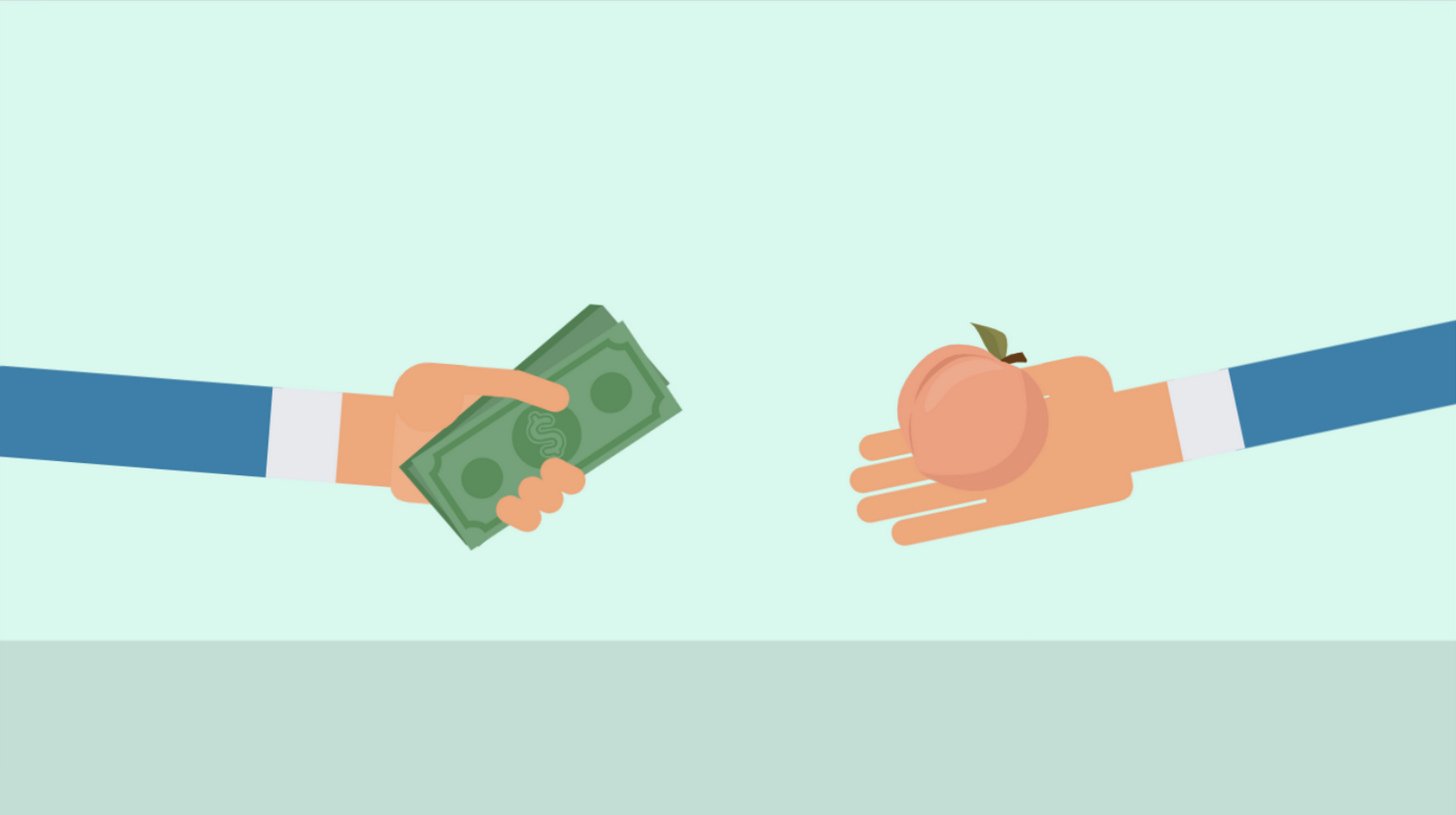From early childhood, we are introduced to the basics of trade. If you want candy, you go into a store, give money and receive your sweets. This is the most mundane example of trading from everyday life.
Not so complicated, is it? It turns out, we all already know a thing or two about trading from a young age. Now all that’s left is to understand how this works in the financial markets.
Fundamental Basics

As you’ve probably guessed, trading at its core is just an exchange. And in everyday life, the simplest example is the exchange of money for services and goods, i.e., commerce.
Trade on the financial market takes place in the same vein. The only difference is the goods. Here, for example, you can buy shares (a stake) in a company. If you buy shares, you can make a profit if you wait for their price to increase and then sell them at a higher price.
The higher the price rises, the more you can earn. This process is what’s called trading.
And why do shares become more expensive? Because supply and demand changes! Demand increases if more people want to purchase the goods. This drives up the price.
With Demand – the Price is Rising
Imagine the following situation – in an ordinary grocery market there’s only one seller selling peaches for $1 apiece. He only has 10 peaches. A buyer who only needs 2 peaches comes to the market.
In this case, supply exceeds demand.

But then, 10 people come to the market, each wanting to buy 2-3 peaches.
Now demand will exceed supply, meaning more people want to buy peaches than the seller has. In this situation, he can easily raise the price to $2.

A few people bought peaches at this price, the stock reduced, but there are even more buyers. Then the seller can afford to raise the price even more – to $4 apiece.

But this price is too high and the outraged buyers refuse to take peaches, considering it to be a rip-off. Therefore, the seller will have to lower the price to $3 to attract interest in the goods again.
Supply is Available – the Price is Falling

For example, let’s continue to model the situation in the market. Our seller managed to sell a few more peaches at a price of $3 apiece. But then a new trader comes to the market with a large basket of peaches – competition has arrived! Supply is exceeded. Because he has many peaches and not much time, he sets the price lower than the first seller – $2.
Naturally, all the buyers massively move to the competitor, since his price is lower. The first seller, seeing this situation, is forced to further reduce the price in order to continue trading. Thus, the “market value” of peaches is established, that is, a price that is acceptable to all parties interested in trading.
How does this look in financial markets?
The law of supply and demand works in exactly the same way on financial markets.
If a company is developing and growing, then the owners of shares receive higher dividends (profits). Therefore, over time, there are more people who want to acquire these shares. Demand rises and so does their value.
What is online trading?
In simple terms, it is trading on financial markets via the Internet.
Markets can now be traded not only by large financial organizations and banks. Thanks to modern technology, now everyone has this opportunity.
Now people trade everything that can be bought for money. On trading platforms, you can find currencies, goods, stocks, commodities, and cryptocurrencies. The largest market is Forex. Its daily turnover is $4 trillion.